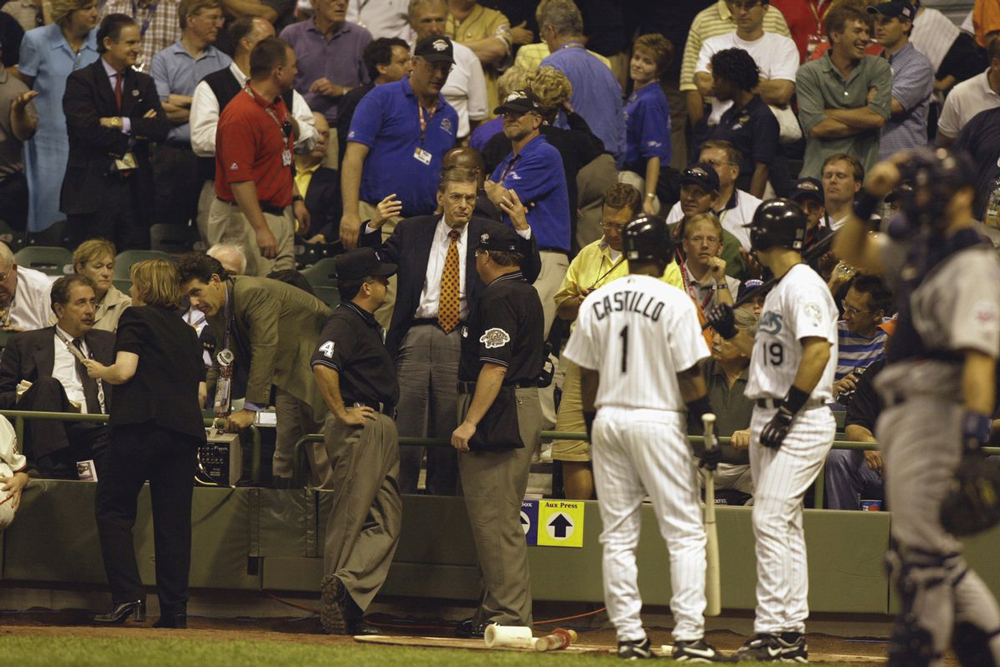In the intricate world of baseball, every position holds a unique role and set of responsibilities. For shortstops, their role extends beyond their exceptional fielding skills—they often serve as the defensive leaders of the infield, acting as the captain and orchestrator of the defense. In this guide, we’ll delve into the leadership role that shortstops assume in baseball, exploring their responsibilities in directing the defense and rallying the team.
1. The Infield Quarterback
Shortstops are often referred to as the “quarterbacks” of the infield, and for good reason. Their position between second base and third base gives them a central vantage point to assess the game situation and make quick decisions.
2. Communication Hub
Effective communication is the cornerstone of a well-coordinated defense. Shortstops play a pivotal role in this aspect:
Signaling and Positioning: Shortstops communicate with other infielders, outfielders, and even the pitcher through a series of signs and signals. They position fielders based on batter tendencies, game situation, and pitch location.
Calling for Fly Balls: When a pop-up or fly ball is hit into the infield, the shortstop often takes charge, calling for the ball to ensure there are no collisions.
Coordinating Double Plays: Shortstops are responsible for coordinating double plays. They signal to second basemen or other infielders when to cover the bag and execute the pivot.
3. Strategic Decisions

Shortstops are masters of strategic thinking on the field:
Game Situation Awareness: They maintain a deep understanding of the game situation, including the score, inning, number of outs, and baserunners. This awareness influences their positioning and decision-making.
Shift Management: Shortstops often play a role in defensive shifts, directing infielders to shift to one side or the other based on the batter’s tendencies.
Pitcher Support: They provide critical support to pitchers by positioning fielders to take advantage of the pitcher’s strengths and the batter’s weaknesses.
4. Quick Decision-Making
Rapid decision-making is a hallmark of great shortstops:
Anticipating Plays: Shortstops anticipate where the ball is likely to be hit based on the batter’s tendencies, pitch location, and game situation. This anticipation allows them to position themselves optimally.
Reacting to Ground Balls: When a ground ball is hit, shortstops must quickly decide whether to field it themselves, let it go to another infielder, or make a throw to a base. These decisions happen in a split second.
Turning Double Plays: They make lightning-fast decisions when turning double plays, choosing whether to go for the lead runner or complete the double play.
5. Lead by Example
Shortstops are often team leaders on and off the field:
Inspire Confidence: Their leadership and on-field presence inspire confidence in their teammates. When shortstops display composure and decisiveness, it sets the tone for the entire team.
Work Ethic: Shortstops often lead by example with their work ethic. They hustle on every play, demonstrating a commitment to excellence.
Support and Encourage: They provide support and encouragement to fellow infielders, boosting morale and fostering a sense of unity on the field.
In the grand tapestry of baseball, shortstops emerge as the commanding figures in the infield. Their ability to communicate effectively, make strategic decisions, and lead by example makes them the natural leaders of the defensive unit. While their fielding skills are undeniably impressive, it’s their role as the captain of the infield that truly sets them apart in the world of baseball—a role they embrace with unwavering dedication and pride.
